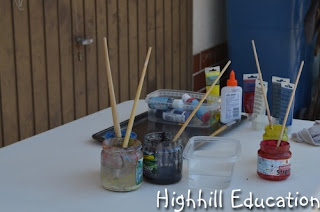Jelly Beans for Sale is a cute book that introduces children to money. In the book one jelly bean costs 1 cent and jelly beans are sold with a variety of coins.
Pythagoras and the Ratios: A Math Adventure
Pythagoras was an Ancient Greek mathematician who became interested in music. He discovered a set of ratios that work to make musical instruments sound good. This is a great book for children studying fractions.
Life of Fred: Apples, Elementary Math Book, Math As Serious As It Needs to Be (Life of Fred, Volume 1)
Life of Fred is a complete math curriculum which begins at Kindergarten and ends at college level calculus, statistics and linear algebra. Life of Fred is not like any traditional mathematical program. Instead, it is taught in story format with a set of story problems at the end of each chapter. Material is covered in seemingly random order, but progresses in difficulty with the books. While this program is not for everyone, it works fabulously well for some. Many engineers really seem to love it. My husband wishes he learned math this way as a child. Math is put into context so the purpose and application are clear.
For those interested in trying Life of Fred beginning at the first book Apples is recommended for children who have not yet mastered addition, subtraction, multiplication and division. Although some of the work will be review, children will gain confidence in their mathematical ability and many new concepts will be introduced during the first book.
For children who have mastered the four basic operations; adding, subtracting, multiplying and dividing, starting with decimals and percents, fractions or pre-algebra is recommended.
Blockhead: The Life of Fibonacci
The Fibonacci pattern can be found throughout nature in both plants and animals. This awesome book tells the story of how Fibonacci's pattern works.
In the chapter book, The Man Who Counted: A Collection of Mathematical Adventures
Our other favorite books can be found on our Reading and Arts Page. To see our hands-on math activities please visit our Math Page.

This post is linked to:
Bender Bunch
* I did not receive any compensation for this recommendation. I'm just a homeschooling mom who has found many products that I like. If you're interested in the products I recommend on this blog I want to make it easy for you to find them.
** I am an Amazon associate and receive a small portion of the sales on orders made after clicking in from this site, which I promptly spend on homeschooling books and supplies for my children.

_wm.JPG)












_wm.JPG)

















